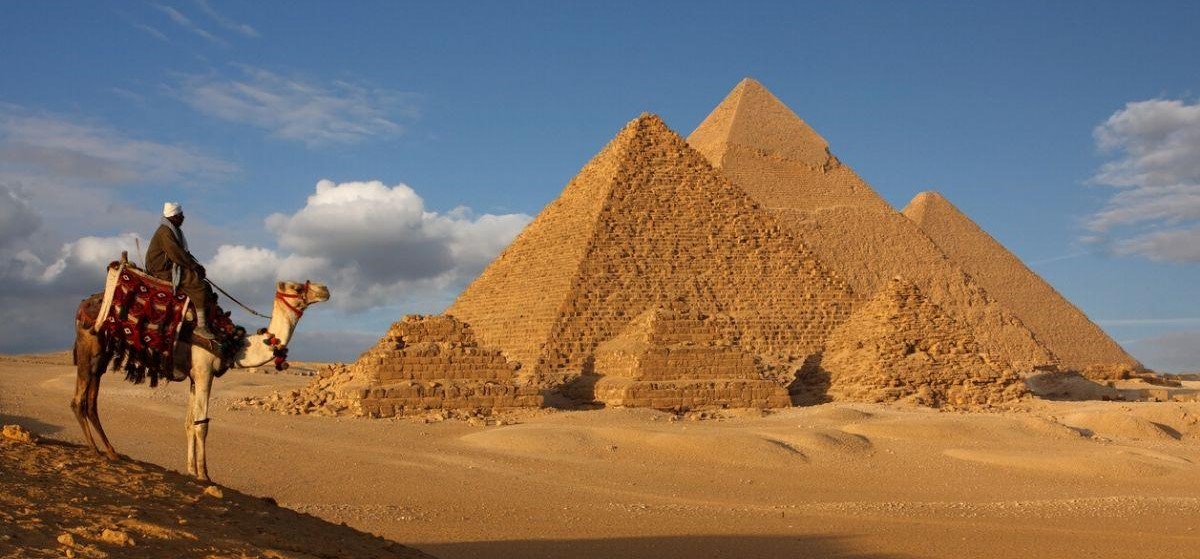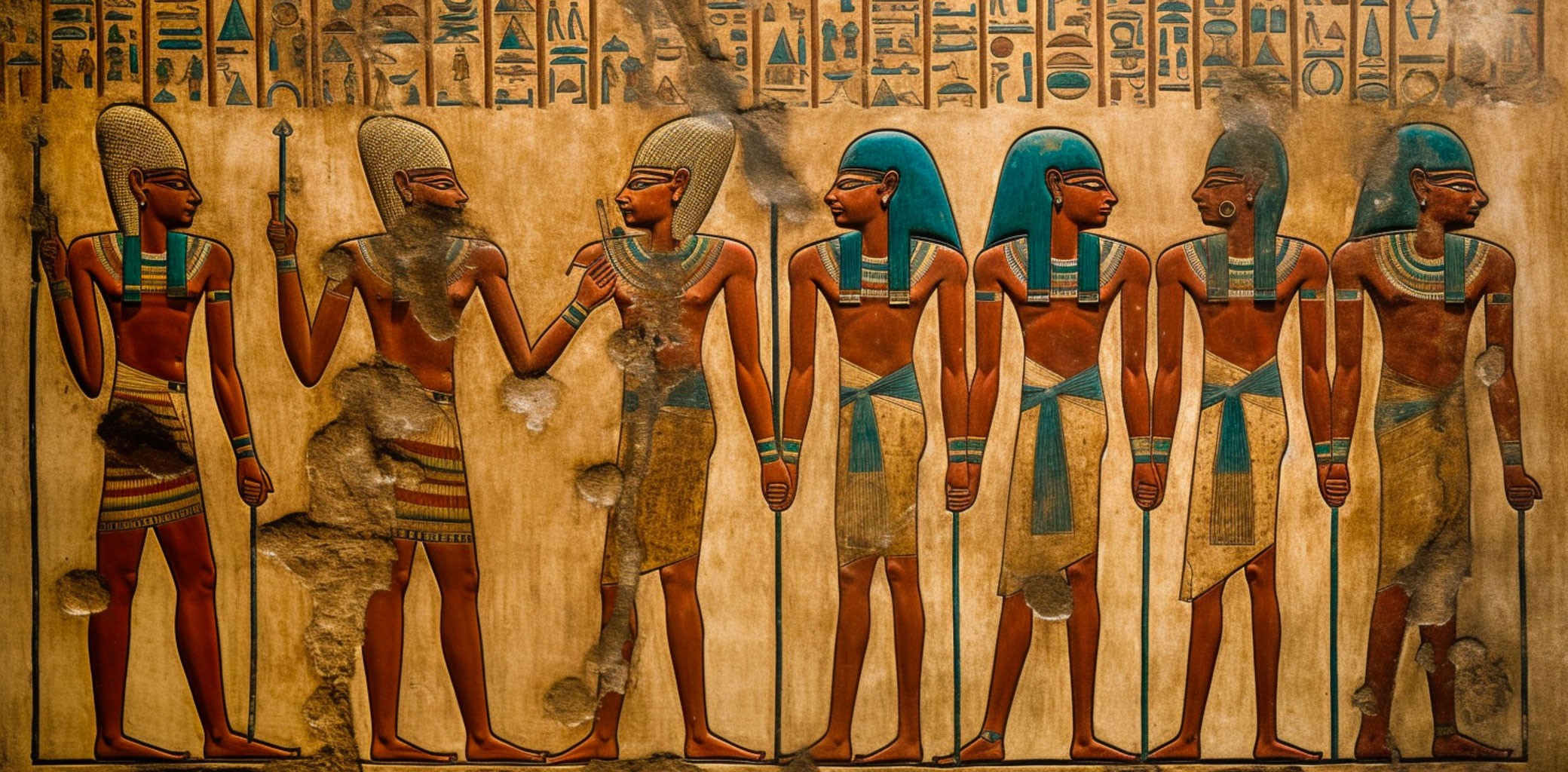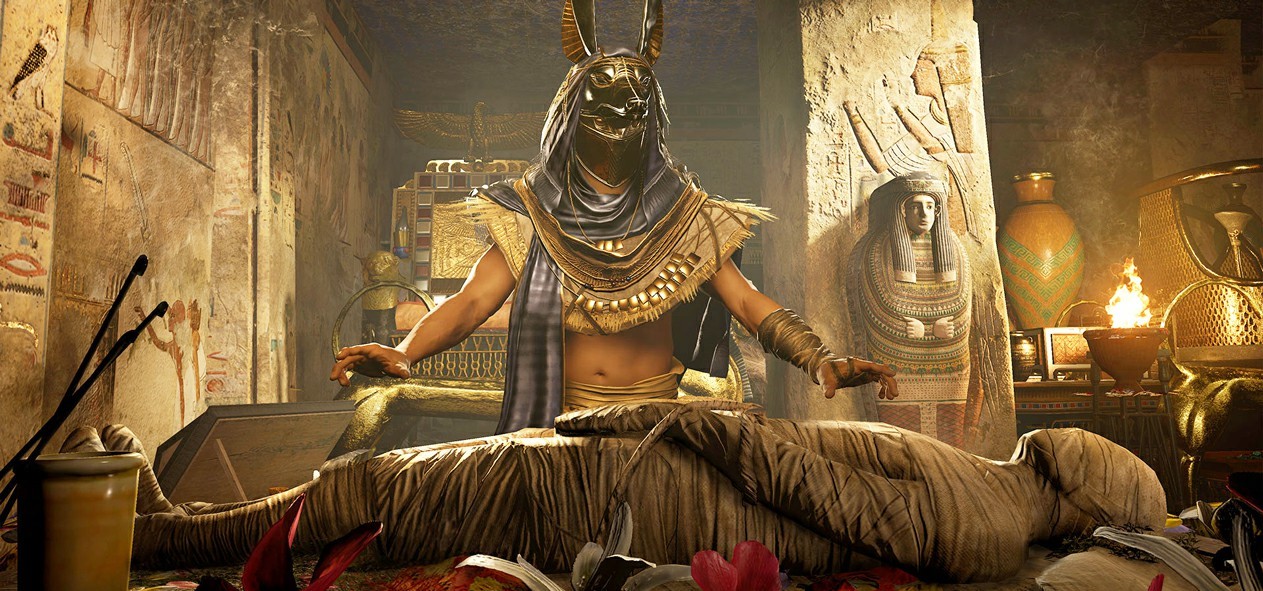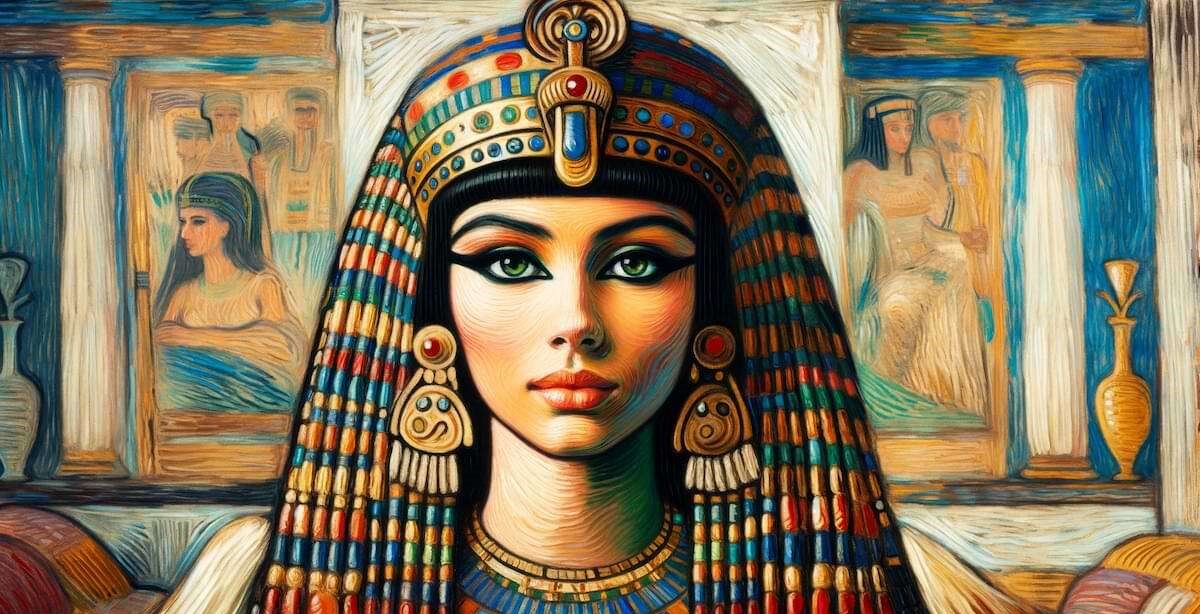Egypt: The History of Ancient Egypt: Ancient Egypt is one of the oldest civilizations in the world. It emerged in 3100 BC when King Menes (Narmer) unified Upper and Lower Egypt. The civilization flourished for over 3000 years, with extraordinary achievements in architecture, art, language, and religion.
- If you want to know more about the Biographies of important people or Eras then click on the link below
- worldbioinfo.com/biography
- worldbioinfo.com/Ancient-history
The History of Ancient Egypt
Pre-Dynastic Period (c. 6000-3100 BCE):
Before the unification of Upper and Lower Egypt, the region was divided into several independent city-states. These early communities engaged in agriculture, Fishing, and trade, and developed their own culture and burial practices. Notable archaeological sites from this period include Hierakonpolis, Naqada, and Abydos.
Early Dynastic Period (c. 3100-2686 BCE):
King Menes, also known as Narmer, is traditionally credited with unifying Upper and Lower Egypt, ushering in the Early Dynastic Era. Menes established the first capital at Memphis and initiated the pharaonic tradition of divine kingship. That era saw the development of hieroglyphic writing, monumental architecture, and the establishment of a centralized government.
History of Egypt
Old Kingdom (c. 2686-2181 BCE):
The Old Kingdom, often known as the Pyramid Age, is known for building monumental pyramids as royal tombs. such pharaohs as Djoser, Sneferu, Khufu, Khafre, and Menkaure ruled during this period. The Great Pyramid of Giza, built during the reign of Khufu, is one of the Seven Wonders of the Ancient World. The Old Kingdom was characterized by strong central authority, widespread religious beliefs, and a highly stratified society.

First Intermediate Period (c. 2181-2055 BCE):
Political divisions, environmental changes, and economic challenges led to the collapse of the Old Kingdom, leading to the First Intermediate Period. Regional governors were known as nomarchs. asserted their autonomy, leading to a period of decentralization and instability. This period saw the rise of local rulers and increased conflict between the northern and southern regions of Egypt.

Egypt: The History of Ancient Egypt
Middle Kingdom (c. 2055-1650 BCE):
The Middle Kingdom began with the reunification of Egypt under the Theban kings. Mentuhotep II, the founder of the Middle Kingdom, restored stability and centralized control. Pharaohs such as Senusret I, Amenemhat II, and Senusret III initiated extensive building projects, expanded trade periphery, and promoted literature and art. The Middle Kingdom is often characterized as a period of cultural renaissance and imperial expansion.

Second Intermediate Period (c. 1650-1550 BCE):
The Second Intermediate Period was characterized by foreign rule and internal strife. The Hyksos, a Semitic people of the Levant, invaded Egypt and established their capital at Avaris on the Nile Delta. The Hyksos introduced new military technology and ruled Lower Egypt for nearly a century. Meanwhile, the local Egyptian rulers of Thebes resisted the dominance of the Hyksos and eventually expelled them. leading to the reunification of Egypt.

Egypt: The History of Ancient Egypt
New Kingdom (c. 1550-1069 BCE):
The New Kingdom marked Egypt’s peak as a major power in the ancient world. Pharaohs such as Ahmose I, Hatshepsut, Thutmose III, Amenhotep III, Akhenaten, and Ramesses II expanded Egypt’s borders. amassed great wealth, and built magnificent places of worship and monuments. The New Kingdom saw the development of a professional army, extensive international trade, and diplomatic relations with neighboring states. Akhenaten’s reign was a period of attempts to establish a monotheistic religion.

Third Intermediate Period (c. 1069-653 BCE):
The fall of the New Kingdom ushered in the Third Intermediate Period. which was marked by political divisions and foreign invasions. Several competing dynasties, including the Libyans, Kushites, Assyrians, and Persians ruled Egypt. That era saw the decline of traditional Egyptian religion and cultural practices and the rise of new religious beliefs and foreign influences.
Late Period (c. 653-332 BCE):
The latter period was marked by periods of foreign invasion and Persian and Greek rule. The Assyrians conquered Egypt in 653 BC. followed by the Persians under Cambyses II. The Sait kings of the Twenty-sixth Dynasty briefly restored independence and promoted a revival of Egyptian culture and religious traditions. However, Egypt fell back to the Persians and later came under the rule of Alexander the Great.
promoted a revival of Egyptian culture

Hellenistic Period (c. 332-30 BCE):
After Alexander the Great’s conquest of Egypt in 332 BC, the country became part of the Hellenistic world. The Ptolemaic dynasty, founded by Alexander’s general Ptolemy I, ruled Egypt for nearly three centuries. The Ptolemies adopted Egyptian customs and religious practices. but their rule was marked by internal strife, economic decline, and conflict with neighboring powers.
After the defeat of Cleopatra VII

Roman Period (c. 30 BCE-641 CE):
After the defeat of Cleopatra VII and Mark Antony by Octavian (later Augustus) in 30 BC, Egypt became a province of the Roman Empire. Roman rule brought about significant changes in Egypt’s administrative structure, economy, and culture. During this period Christianity spread, with Alexandria becoming a prominent center of Christian scholarship and theology.
Muslim Era (c. 641-646 CE):
Egypt fell to the Arab Muslim conquest in 641 AD, marking the end of ancient Egyptian civilization. The Arabs introduced Islam, which gradually replaced Christianity as the dominant religion. Egypt became part of the Islamic Caliphate and later the Abbasid and Fatimid Empires.

Conclusion:
The history of Egypt is a testament to the resilience and enduring legacy of one of the world’s greatest civilizations. From building the pyramids to the spread of Christianity and Islam religion, Egypt has played a leading role in shaping the course of human history. Even after millennia, the legacy of ancient Egypt continues to fascinate and inspire people around the world. Egypt: The History of Ancient Egypt.
